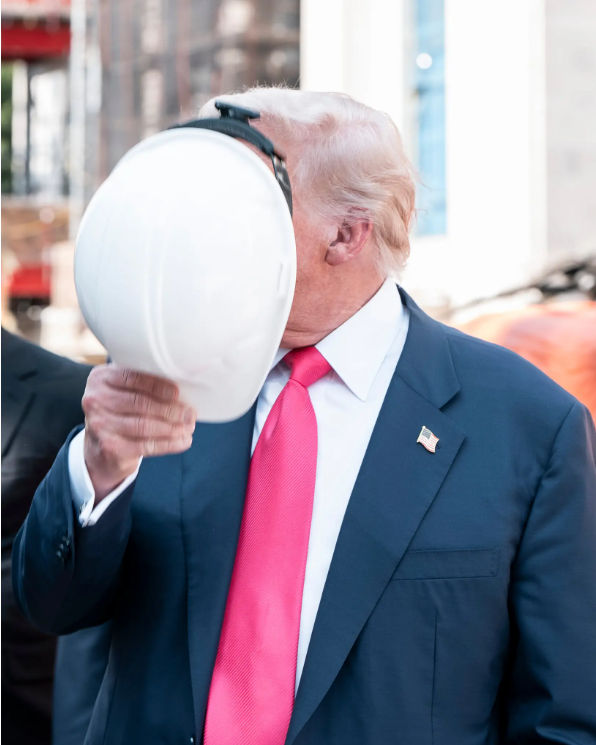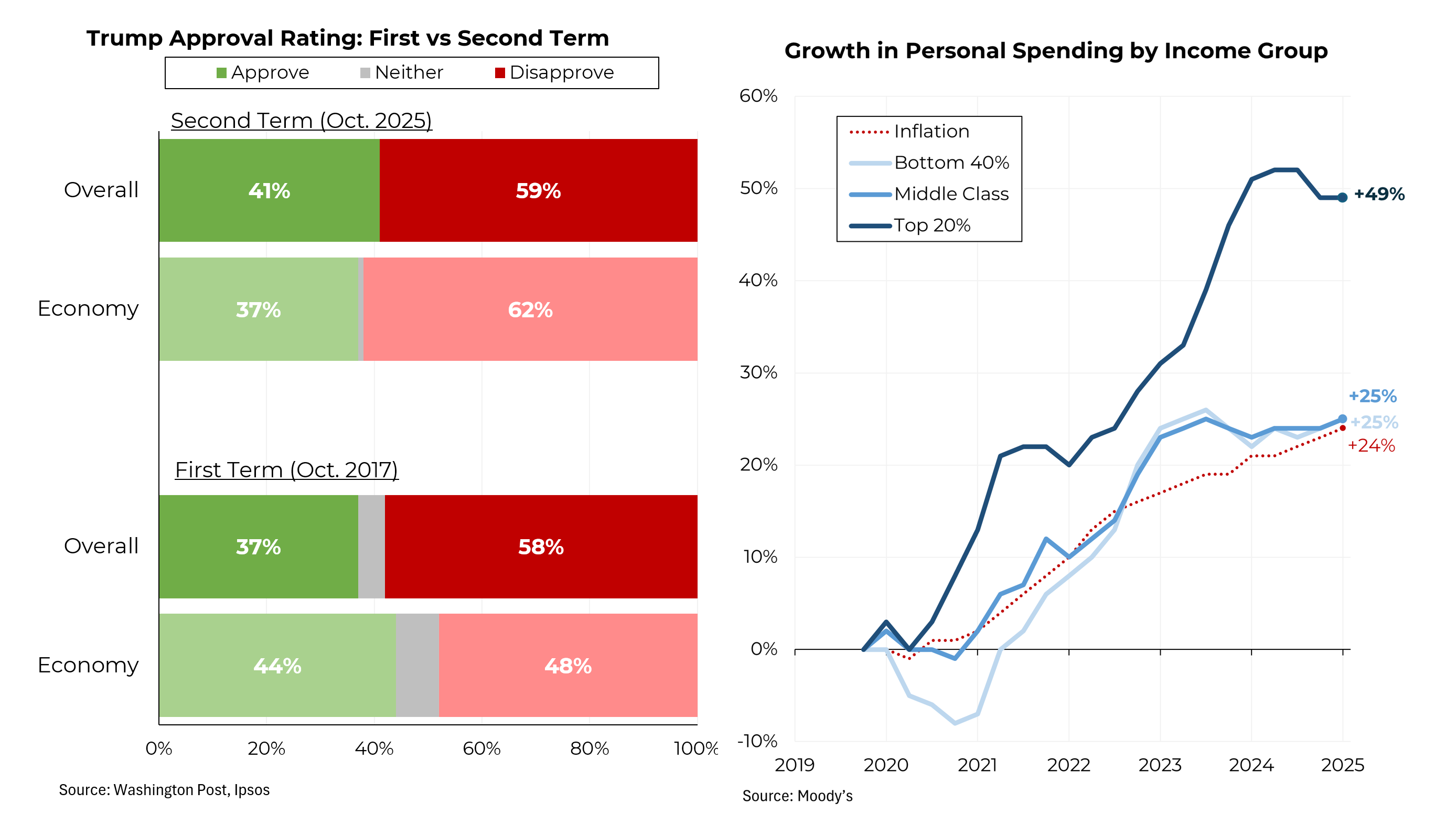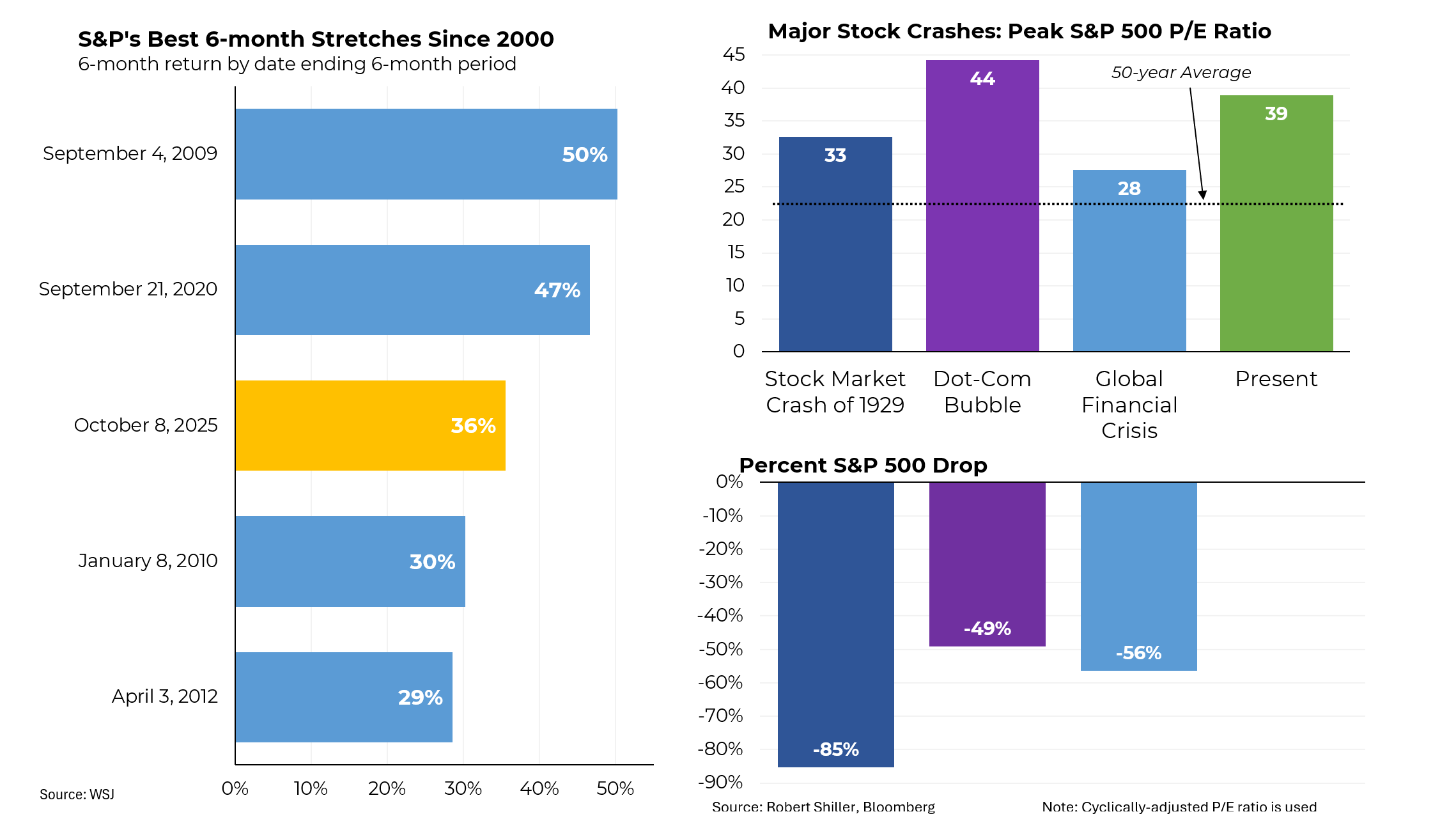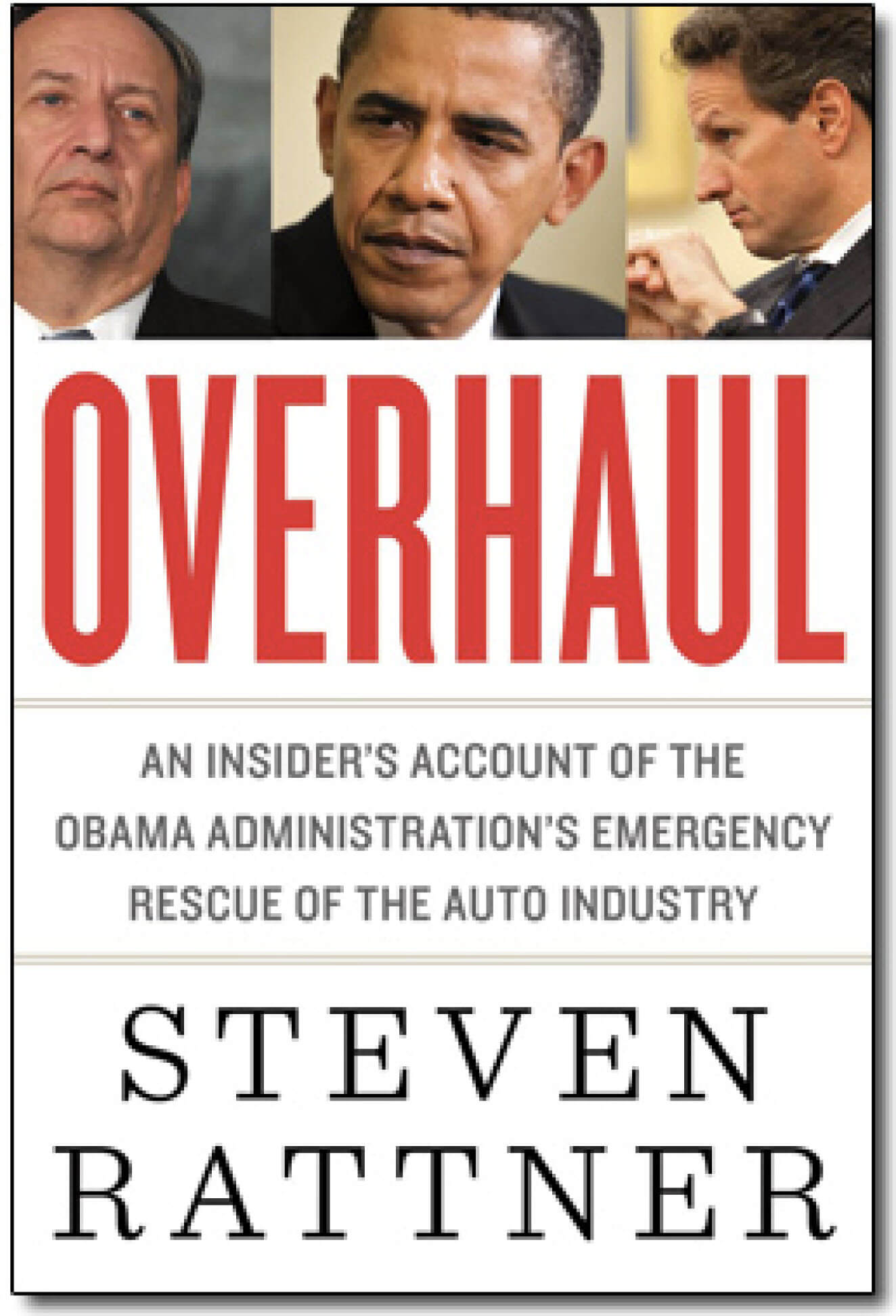Originally appeared in The New York Times.
There he goes again. Donald Trump may be a month into his presidency, but his public remarks continue to be laden with the same mischaracterizations, misrepresentations and, yes, lies as his campaign.
Mr. Trump’s alternate reality has been on vivid display in venues ranging from an airplane hangar in Melbourne, Fla., to a gathering of conservatives last week just outside the nation’s capital.
All in all, it’s been a kind of greatest hits of his favorite, factually challenged remarks — with more likely to come in his address to Congress on Tuesday night.
“Jobs are already starting to pour back in,” he yelled to the crowd in Florida. “Obamacare covers very few people,” he insisted in Maryland
The small problem with these “facts” and so many more in his florid rhetoric is that they are not true.
He has extolled, for example, announcements by General Motors, Ford, Fiat Chrysler and Intel to hire tens of thousands of workers in the United States instead of in Mexico.
But each of these companies was already planning to make the employment moves or did them for business reasons unrelated to Mr. Trump.
“All of these decisions,” said Pat Morrissey, a G.M. spokesman, “have been in the works for some time.”
Then there are the Keystone and Dakota Access pipelines, which Mr. Trump contended will create as many as 42,000 jobs.
That’s more than a little misleading. For one thing, the Dakota Access pipeline is nearly built. For another, the State Department calculated that Keystone would create only 3,900 direct construction jobs and a maximum of 16,000 total jobs on an annual basis.
And those are just temporary jobs; the permanent job count at Keystone will be 35.
The only jobs that he could legitimately claim to have preserved would be the 800 Carrier jobs in Indiana that were “saved” with the help of $7 million in state subsidies.
As for the Affordable Care Act, by every estimate, more than 20 million Americans have received health insurance through it.
Then there’s Trump as cost cutter, congratulating himself for saving “over $1 billion” on the purchase of replacements for Air Force One. On Friday, the Department of Defense, which is in charge of procuring the new planes, said it had no idea what the president was talking about.
As for Lockheed Martin and the F-35 fighter jet, which has indeed been a troubled program, the company had already agreed to reduce the cost of each plane as production ramped up.
“All President Trump did was elevate attention to the issue,” said Steve Ellis, vice president of Taxpayers for Common Sense. “He’s not responsible for the savings; they were already in the pipeline long before he came on the scene.”
In Melbourne, Mr. Trump also took a victory lap for the rising stock market and the “great spirit of optimism” that is “sweeping all across the country.” So how does he explain his 43 percent approval rating?
To be sure, he’s correct to note that the stock market has been hitting record highs, and various measures of business confidence have also been on the rise.
But those positive signals result not from anything Mr. Trump has done to make America Great Again but from a bunch of stuff he’s promising to do to make business great again.
You don’t have to be a stock market expert to appreciate that when a president says he’s going to significantly cut business taxes and emasculate regulations that may be limiting profitability, of course stocks are going to go up.
Indeed, the sectors that have shot up the most — including financials, steel, oil services and coal — are precisely the ones most likely to benefit from Trumponomics.
Some investors — including myself — wondered whether Mr. Trump’s volatile style would scare the markets more than his planned giveaways to corporate America would buoy them. That verdict is in (at least for now).
But both stock market indexes and business confidence have benefited from recent data suggesting that economic growth began accelerating modestly well before Mr. Trump took office.
Indicators like retail sales and factory output have been on the rise. Meanwhile, outside the United States, sclerotic Europe has managed to inch its growth rate up close to ours, while key emerging economies like China — a perennial worry for markets — seem to be on a sustained upward trajectory.
What markets should worry about is whether Mr. Trump will be able to deliver on his overwhelmingly pro-business agenda. If he falls short, look for the stock market to wobble and perhaps swoon.
At least in the meantime, however, Mr. Trump is busily trying to take credit for positive signs that were in fact nurtured on Barack Obama’s watch.





